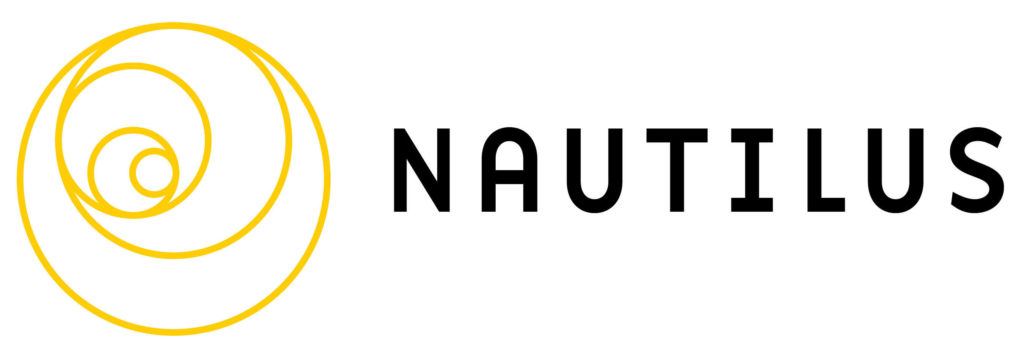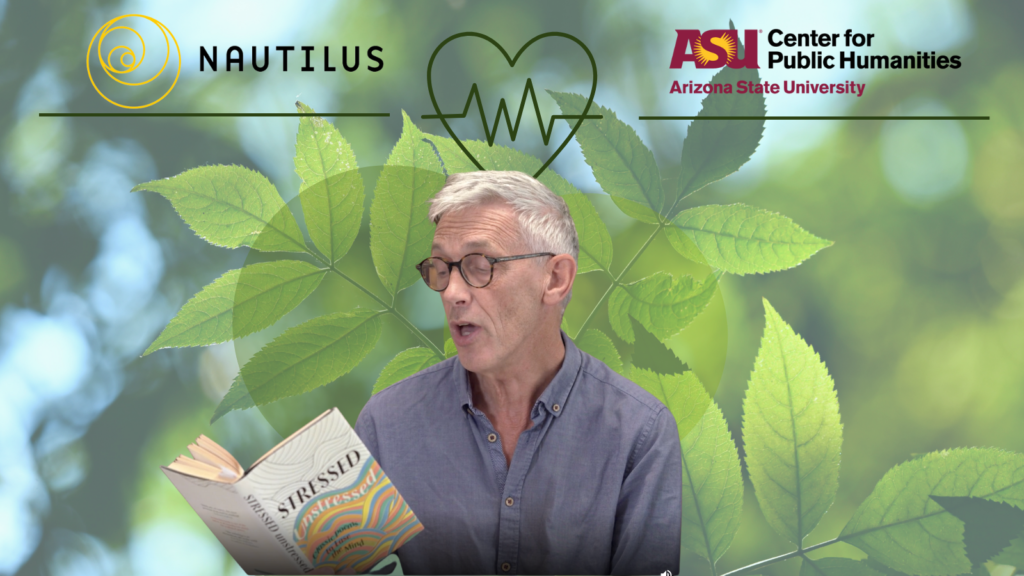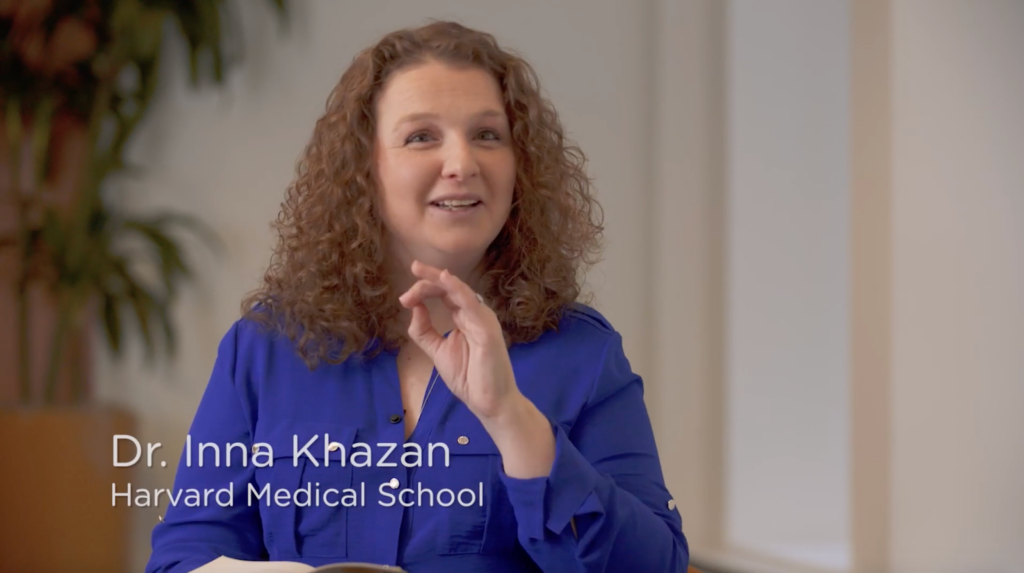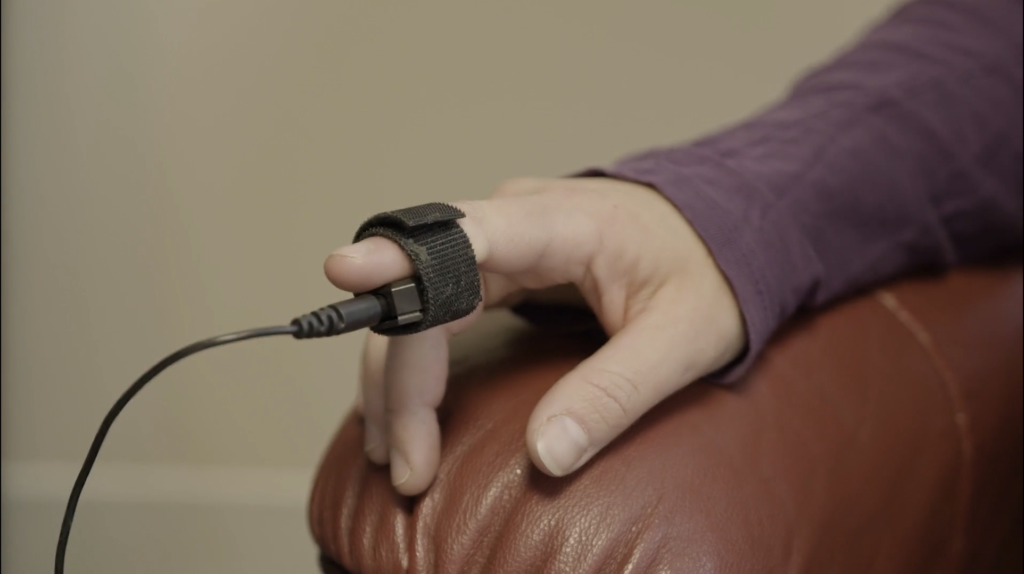Our reimagined Nautilus channel: What happens when you add Art+Science?

Three years ago, Poetry in America launched an online channel with the science magazine Nautilus, dedicated to bringing together science and poetry. This summer, as Poetry in America’s educational programs settle into their new home base at Arizona State University’s Center for Public Humanities, the Nautilus channel is once again breaking new ground.
The reimagined “Art+Science” channel brings together practitioners across all art forms and scientific disciplines who speak to ways their fields enrich one another. From the medical sciences to the depths of outer space, scientists have long learned from and incorporated the arts into their work. So too, poets, musicians, visual artists, and other creators find inspiration in the wonder and precision of scientific discovery. In this channel we want to see what happens when you add Art+Science.
The first multimedia article that video editor Steven Allardi and I created for the Art+Science channel, “Beta Blocker for the Soul,” was especially meaningful to us both. For this piece, we had the opportunity to discover first-hand the mental and physical benefits that poetry offers.
We were inspired by the anthology Stressed, Unstressed: Classic Poems to Ease the Mind. Sir Jonathan Bate, Foundation Professor of Environmental Humanities in Global Futures, the School of Sustainability and the College of Liberal Arts at Arizona State University, and his wife, biographer, novelist, and critic Paula Byrne, assembled this anthology after spending sleepless nights in the hospital waiting for their five-year-old daughter to recover from a kidney transplant.

Bate and Byrne envisioned the book as something one can “slip into one’s pocket” for dark times. It is filled with lyrical pieces of deeply felt and well-crafted language that can bring ease and comfort to anyone: timeless poems such as Wordsworth’s “Surprised by Joy” and William Butler Yeats’s “The Lake Isle of Innisfree.”
Steve and I were eager to speak with medical professionals about this book. As poetry lovers, we shared the intuition that poetry is helpful for one’s well-being. But Sir Jonathan Bate had also drawn on medical studies investigating poetry’s benefits for heart health. What exactly do those benefits look like for someone reading a poem from the Stressed, Unstressed anthology?
To find out, we visited Dr. Inna Khazan, a specialist in mindfulness and biofeedback at Harvard Medical School. Biofeedback was entirely new to me: the technique uses sensitive medical instruments to detect small changes in physiology known to correlate with stress levels. A patient can receive this biophysical “feedback” in real time. Some things measured by biofeedback instruments are familiar: skin temperature, heart rate, and breathing rate. Others are more subtle, and in some cases can only be detected using machines. These include heart rate variability and heart-breath synchronicity, both of which correlate to mental well-being and even resilience.

Dr. Khazan hooked me up to a photoplethysmograph, a small device that measures the amount of light absorbed or reflected by blood vessels in one’s finger or thumb. Over almost two hours, we ran through a series of tests on my heart rate variability or HRV (the variability in heart rate over small time scales). I got to determine and practice my “resonance frequency breathing” (the number of breaths per minute that encourage calm and high HRV—usually between 5 or 6).

The most powerful experience, though, came when I spent a few minutes thinking about extremely stressful or unhappy times; Dr. Khazan noticed that my HRV dropped sharply. Then I read one of my favorite poems from Sir Jonathan’s anthology—Robert Frost’s “Stopping by Woods on a Snowy Evening.” My numbers rallied and even rivaled the HRV I’d reached during the “resonance frequency breathing” session.
In short, reading poetry can be a form of mindfulness, bringing measurable calm to the body and mind. I thought of Emily Dickinson’s remark that she knows she is reading poetry if she feels “physically as if the top of my head were taken off.” Here, instead, poetry was making my head feel whole again. But that’s the whole point of biofeedback: it helps you see changes that you can’t feel or sense without modern instruments. Perhaps Dickinson’s HRV was also highest when the top of her head felt taken off.
It turns out you can try this at home: Dr. Khazan has developed an app called “Optimal HRV” that allows you to monitor your own HRV from your smartphone. There is always more for us to learn about poetry and its role in our world. I’m excited to find out where the Art+Science channel will take us next!

